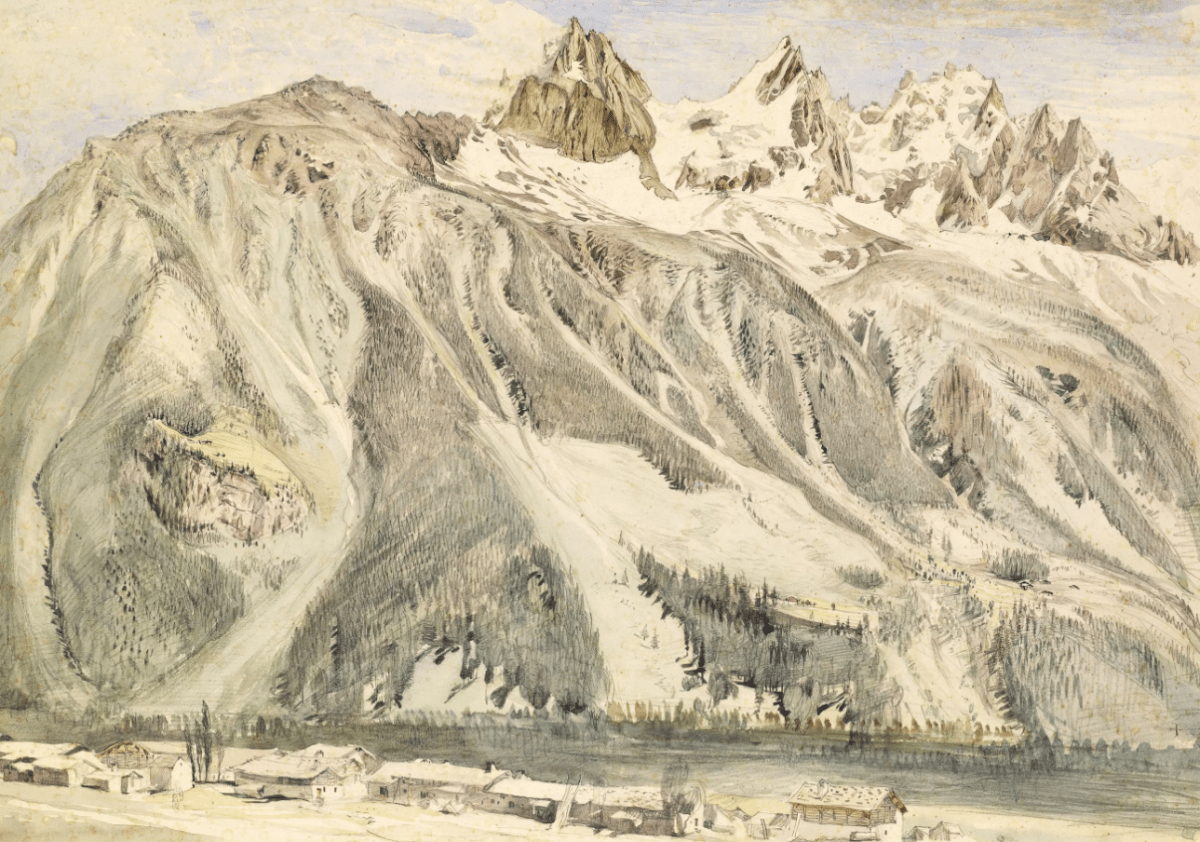10 Ways on How to Draw Realistic Drawing

Being good at drawing to a level where you can draw objects photorealistically requires a lot of talent and hard work. A lot of people never get to the master level, but everyone’s drawing will eventually improve if they persist long enough. So, to help you out, here are the top ten tips on how to draw realistic images.
Values Rather Than Outlines
When you come to think about how to draw realistic, you need to remember that there are no outlines in nature. Sure, we like to know where we stop, but it’s often difficult to see clear outlines when it comes to objects in motion. Moreover, there’s no thick black outline we drew when we were kids.
Instead, try splitting the image into tones. Segment the image into sectors from the darkest shadows to the lightest light. The concept is similar to a custom paint by number with your photo, with the difference that you’re the one picking tones.
Study the reflection of light and how it creates different types of shadows and split the drawing into three main groups of tonal shapes (shadows, mid-tones, highlights).
Understand Proportions and Anatomy

Next, you need to study human and animal anatomy. Drawing living objects is difficult if you can’t see the parts. So, by studying anatomy, you’ll understand what goes where, why things move the way they move, and where each individual part belongs. You need to break down complex shapes into simple forms.
If drawing proportions seems difficult enough to do accurately, you should use grid techniques for accuracy. This way, you can achieve it a lot more reliably and create more realistic art.
You have to measure distances between key points. How you measure them doesn’t really matter.
Master Perspective
The best way to master perspective is to practice one-point, two-point, and three-point perspectives. This will help you understand depth and spatial awareness a lot better.
You can also use vanishing points to create depth. The simplest way to do this is to position vanishing points on the horizon line in order to draw objects that recede correctly into the space.
Consider the viewer's eye level. When we say that, we don’t mean the actual viewer of the drawing. Imagine that the drawing is a photograph. In this scenario, the eye level is the position of the camera lens.
One more tip on how to draw realistic is to use overlapping shapes. This will drastically enhance realism.
Focus on Texture
There’s a reason why every Renaissance painter was an erudite. The thing is that you cannot draw something you don't understand. So, do your best to study the texture of various materials (skin, fabric, metal, etc.).
You also want to use cross-hatching, stippling, or blending for texture. Shading techniques define your art style. There’s something that could even make the sketch real.
You can also vary your pencil pressure to create different textures. Sometimes, you need a bit deeper cut in the paper and the way to get there is by applying more force.
You also want to observe how light interacts with surfaces.
Develop Patience and Attention to Detail

Next, you need to work slowly and methodically. Make no mistake, there’s no such thing as a realistic drawing made quickly by a beginner. Sure, a professional artist may be able to create an impressive piece of art in a matter of seconds; however, this is the level of expertise you won’t be able to emulate for a long period of time.
As a beginner, you’ll have to pay attention to small details (like wrinkles, pores, and hair).
You also want to refine your work in layers. In other words, you start with a basic shape and add details as you go.
You should also avoid rushing the drawing process. Take as much time as you need. Chances are that you don’t have a deadline.
Use the Right Tools and Materials
Sure, Leonardo could have probably made a masterpiece sketch on a napkin with a chunk of charcoal, but you’re not Leonardo. For you, the choice of tools matters. So, choose the appropriate paper texture and weight.
You also want to use a variety of pencils (HB, 2B, 4B, etc.). When you’re drawing, you’re likely using just a pencil, but not all pencils leave the same mark on the paper, and when you try several different pencils on the same drawing, you’ll quickly be able to tell the difference.
You also want to incorporate blending tools (tortillons, tissues, etc). Blending is one of the first things you need to learn when trying to figure out how to draw realistic images.
You also want to try and experiment with erasers for highlights and corrections.
Study Light and Shadow
According to specialists from Number Artist, the biggest mistake of people who want to get better at drawing is that they think it’s just about hand-eye coordination. The way you observe the world around you, and especially the way you observe how light sources affect the subject, is what matters the most.
You should practice drawing from different lighting conditions and see how they affect your image. You should also use cast shadows to anchor objects in space.
One of the things you have to learn in order to make more realistic drawings is to create a contrast to emphasize form and depth.
Practice Drawing from Life
The best thing about drawing real-life objects while learning how to draw realistic images lies in practicing drawing real-life objects. The reason for this is the fact that you have something to compare the image to. Similarity counts as success when realism drawing is an objective.
You want to use a mirror for self-portraits or just place an object in front of you when drawing it. This way, you don’t have to stray too far off when drawing.
You should also do your best to sketch in different environments (indoors and outdoors). This affects the outcome more than you think.
Incorporate Color and Tone Gradually

The difference between veterans and amateurs is that when the former see an image, they immediately see the stages it takes to draw it. You should start with monochromatic sketches before adding color and shade.
The best thing you can do is use layering techniques for smooth transitions. From here, try to match colors to real-life references, but keep in mind that this won’t always be possible. This is similar to what you do when engaging with fun and colorful paint by numbers.
You also want to pay attention to color temperature (warm vs. cool tones) and try to capture this with the amount of shade you apply to your realistic sketches.
Continuous Learning and Improvement
One of the most important traits of a great artist is the ability to analyze and critique your own work. If you just saw your first drawing and thought it was perfect, there would never be a need to improve anything.
Another thing you need to do is study the techniques of master artists. There’s so much theory out there for you to learn that it could significantly help improve how you draw.
Most importantly, you need to experiment with different styles and approaches.
Drawing realistically is a difficult task that takes a lot of strategy and practice
There’s no simple answer to the question of how to draw realistic images. It’s not just about improving your graphomotorics. There’s so much to learn, practice, and apply. Still, with a bit of effort and perseverance, you’ll get there eventually.


